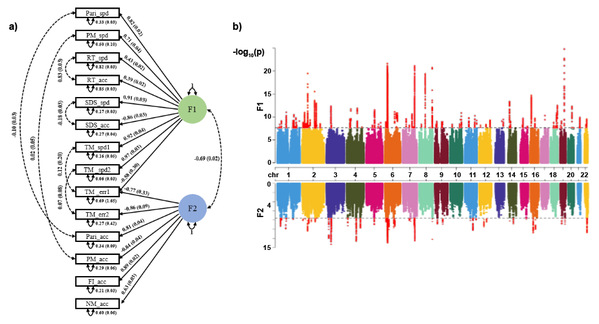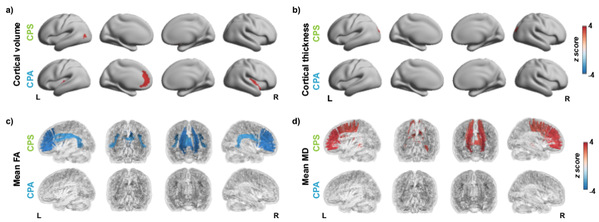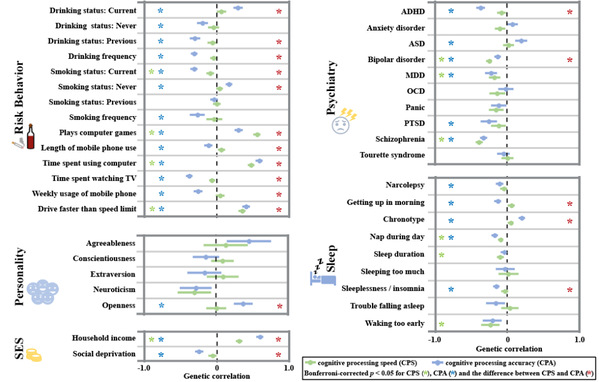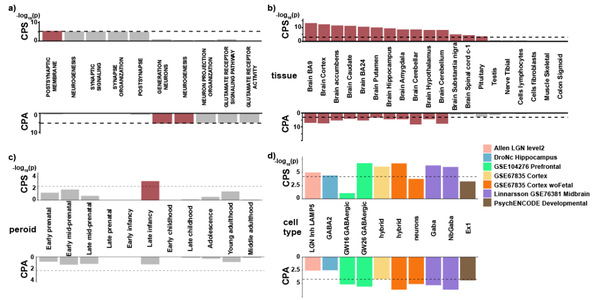The research by Professor Dan Wu's team from Zhejiang University, published in Nature Communications on September 6, 2024, delves into the neurobiological foundations of fundamental dimensions of human cognitive abilities. The study specifically examines cognitive processing speed and cognitive processing accuracy, two key aspects often assessed through task completion rates and response times to evaluate various cognitive functions. Understanding the brain structure characteristics and genetic bases underlying these two dimensions can provide insights into the general mechanisms of different cognitive functions and the neurobiological factors behind mental disorders.
“Cognitive processing speed” measures how quickly an individual processes sensory information, integrates it, and executes tasks, typically gauged by reaction time or total task completion time. “Cognitive processing accuracy” requires the coordination of multiple basic cognitive processes such as attention, inhibition control, working memory, and relevant background knowledge for the task at hand. These two dimensions reflect different sides of cognitive ability and show significant associations with a wide range of cognitive behaviors and psychiatric diseases. Thus, understanding their neural underpinnings can deepen the comprehension of cognitive function mechanisms and uncover the neurobiological factors behind behavioral patterns in mental disorders.
Professor Wu's team discovered that cognitive processing speed and accuracy have distinct neural phenotypes, such as white matter microstructure, neurobiological foundations like postsynaptic membranes, and critical developmental periods during late infancy. They also found different correlations with daily behaviors such as screen exposure & sleep status and significant causal relationships with mental illnesses like depression and schizophrenia. Importantly, both factors significantly contribute to the development of various cognitive abilities in children and adolescents, as evidenced by data from the Adolescent Brain Cognitive Development (ABCD) study.
Using Genomic Structural Equation Modeling based on GWAS data, the researchers identified two stable latent factors among 14 cognitive measurements, corresponding to mental processing speed and accuracy (Fig.1). The genomic structural equation model identified two stable latent factors among these 14 cognitive measurements, with loadings that corresponded respectively to indicators reflecting cognitive processing speed and accuracy. Specifically, tasks related to processing speed loaded onto the first factor, while those associated with accuracy loaded onto the second factor. The GWAS analysis pinpointed 118 SNPs associated with processing speed and 55 SNPs related to accuracy, many of which were previously reported while some were novel findings from this study.

Fig.1 The genomic structural equation model revealed two factors of cognitive processing speed and accuracy.
To determine the neural structural basis of these two factors, the study calculated the genetic correlations between them and 408 structural neuroimaging phenotypes. For brain structure, the study found a significant link between white matter microstructure and processing speed but not accuracy. Cortical regions associated with visual processing were linked to speed, likely due to the visual nature of the tasks used in the study. In contrast, areas involved in higher cognitive functions, such as the anterior cingulate cortex and insula, were associated with processing accuracy (Fig.2). Additionally, the study computed genetic correlations between these two factors and various life behaviors, revealing that certain behaviors--such as smoking, alcohol consumption, sleep status, and some mental disorders—had significant genetic correlations with both factors (Fig.3).

Fig.2 Genetic correlations between the two cognitive factors and brain structural phenotypes were identified.

Fig.3 Genetic correlations between the two cognitive factors and behavioral health phenotypes were also examined.
Enrichment analysis revealed that processing speed was notably associated with postsynaptic membranes. At the same time, accuracy was linked to neuron generation and formation (Fig.4a). Gene expression data showed that genes related to both factors had significant expression in brain tissues but not outside the nervous system (Fig.4b). Moreover, genes related to processing speed were significantly expressed during infancy, a period critical for white matter myelination. In contrast, accuracy-related genes did not show significant expression changes over time (Fig.4c). Cell-specific analyses indicated that both factors were significantly associated with GABAergic cells and had specific cell type associations unique to each factor (Fig.4d).

Fig.4 Gene annotation analysis was conducted for the two cognitive factors.
Finally, using ABCD database data, the study estimated that both processing speed and accuracy significantly contribute to several cognitive abilities in children, including language skills, reaction speed, working memory, and executive function. Notably, there was a separation in their contributions to crystallized versus fluid intelligence, with speed-related genes contributing more to fluid intelligence and accuracy-related genes to crystallized intelligence.
In summary, Professor Wu's research uncovers the distinct neuroimaging features, genetic architecture, and behavioral phenotype correlations of two core cognitive processing dimensions, providing new insights into the neurobiological basis of general cognitive abilities and their importance to brain health and childhood cognitive development.